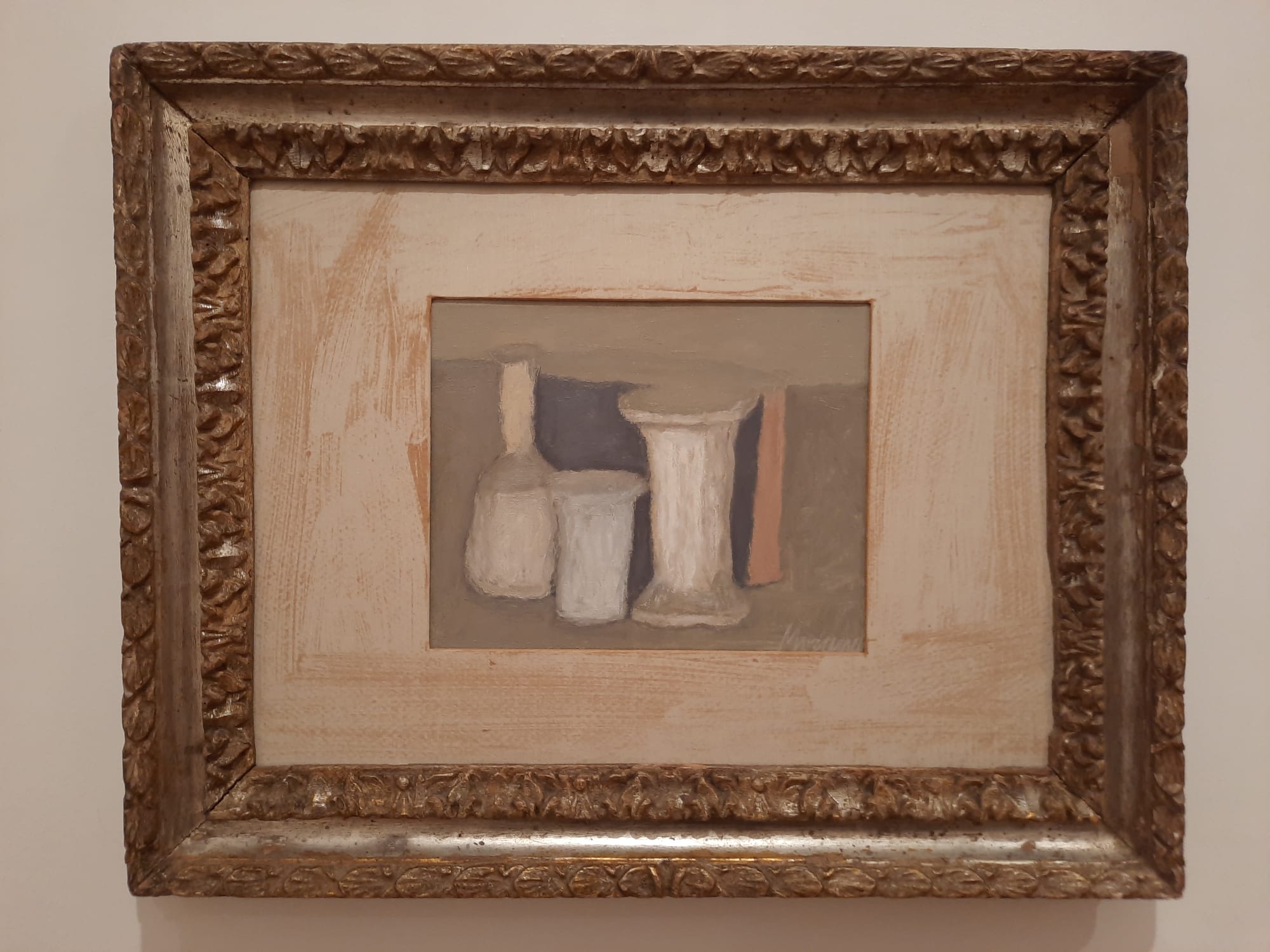Giorgio Morandi: Masterpieces from the Magnani-Rocca Foundation – Estorick Collection, London
A nice selection of works from an Italian collection gives a sense of Morandi beyond the still-life bottles.
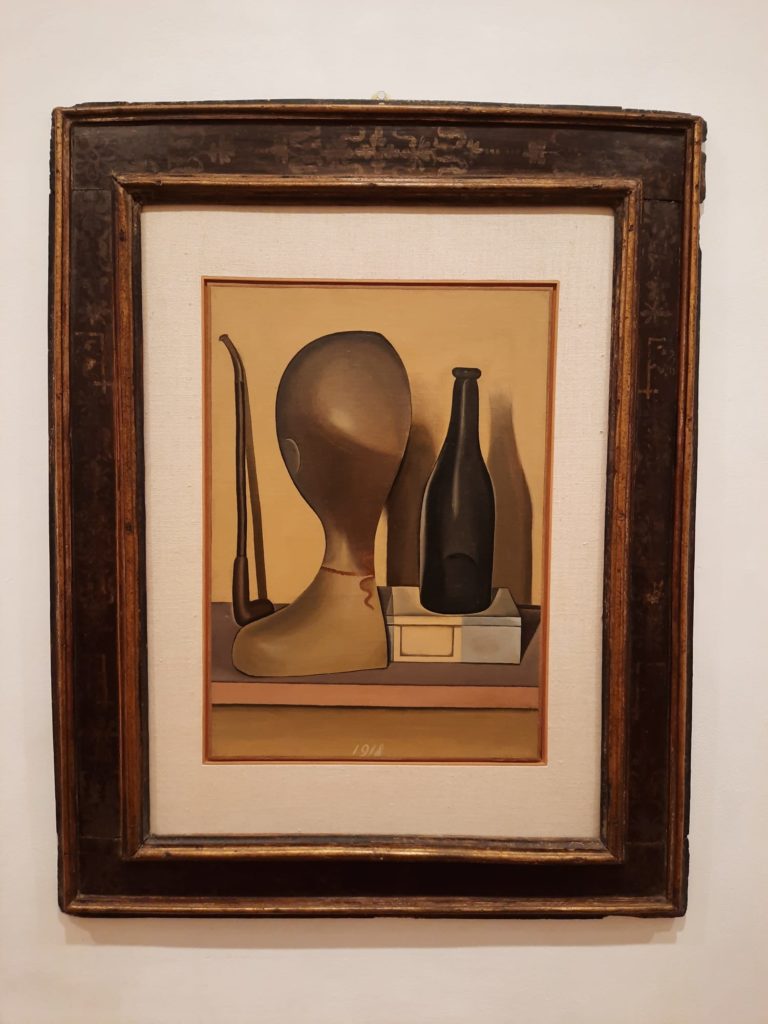

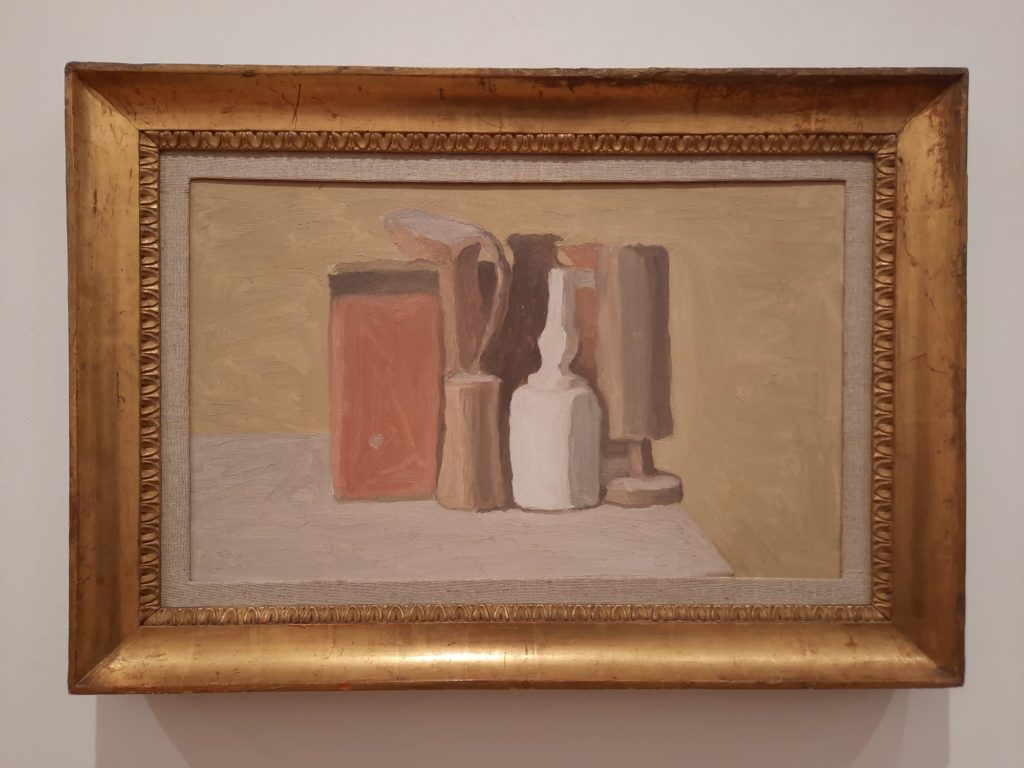

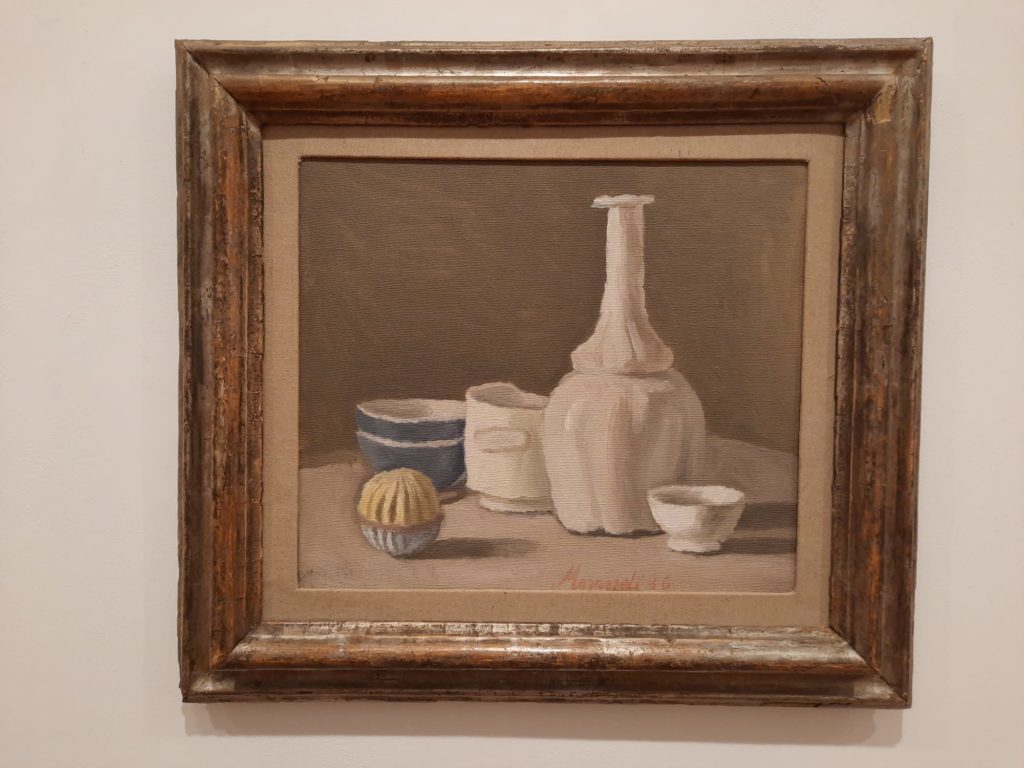
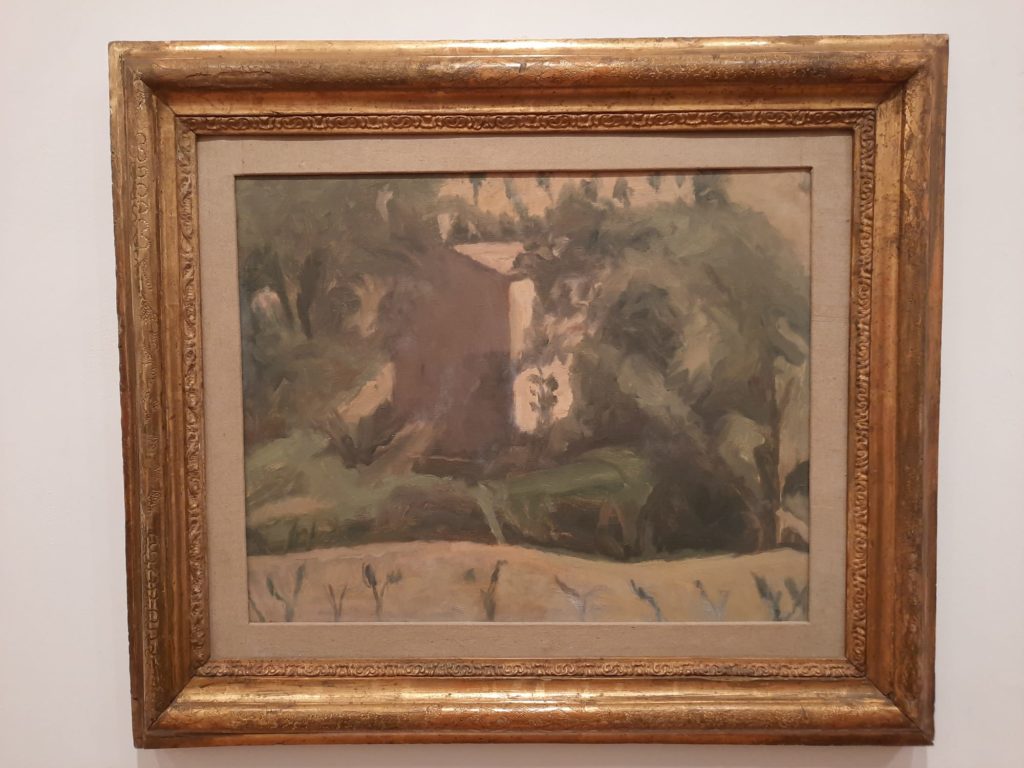
Giorgio Morandi
Before seeing this exhibition about Giorgio Morandi, I was guilty of lazy thinking regarding this mid-century Italian artist. I knew he was born and died in Bologna. I knew he lived all his life with his sisters, after becoming head of the family at a young age when his father died. And I knew he painted a lot (I really mean a lot) of still lifes of bottles and vases in muted tones. It’s easy, knowing only these details, to imagine Morandi as a reclusive, perhaps outsider artist. But that brings us back to the point that such thinking is lazy.
Thankfully I had Giorgio Morandi: Masterpieces from the Magnani-Rocca Foundation to help me right this error. The works, all drawn from an Italian collection, show the full breadth of Morandi’s work, from metaphysical paintings to the still-lifes I already knew. But there is also a lot of information here about Morandi’s life and, importantly, his art world connections. Morandi, you see, was no recluse. He taught at an art school, and won prizes at the Venice Biennale in 1948 and São Paulo’s Biennial in 1957. Morandi left behind over 1,300 paintings when he died in 1964, and a legacy visible in later minimalist tendencies in painting.
The connection to the Magnani-Rocca Foundation is a case in point. Luigi Magnani was a close friend of Moroni’s as well as being one of Italy’s leading art patrons. Heir to a dairy industry fortune, he studied art and became an art lover and collector. In his lifetime his house in Parma, the Villa dei Capolavori (House of Masterpieces) was open only to scholars. The works inside were selected on three criteria: they were by an important artist; were of a rare or unique character; and had an impeccable provenance. Let us move on now then to the collection’s most frequently represented artist, one Giorgio Morandi.
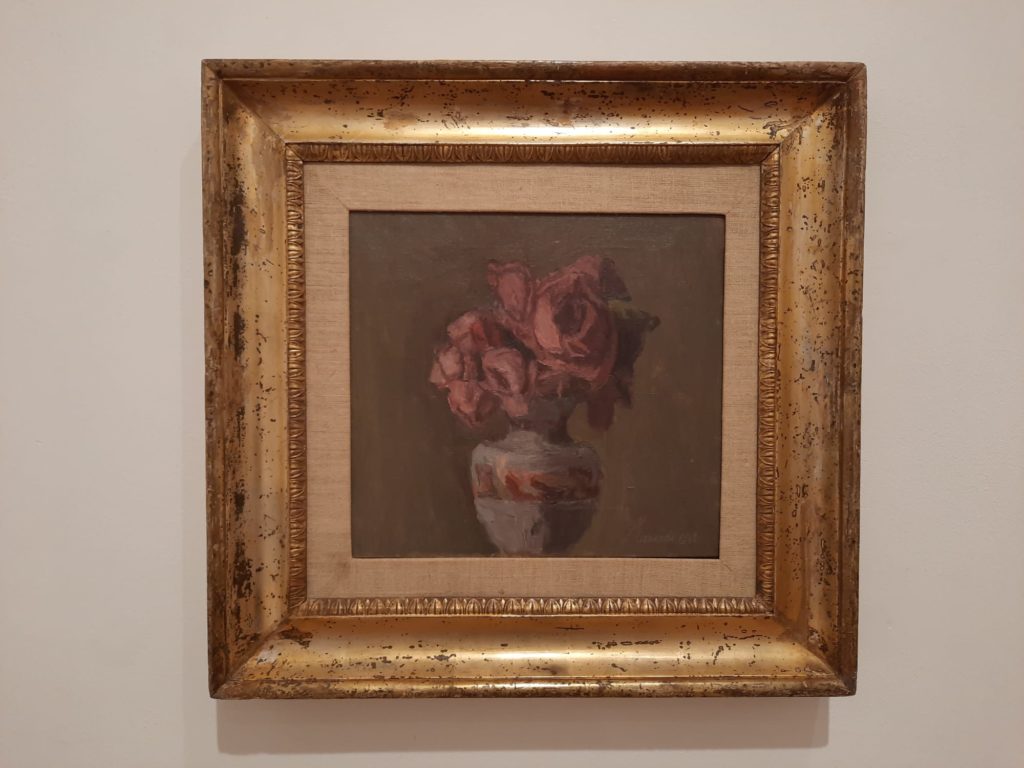
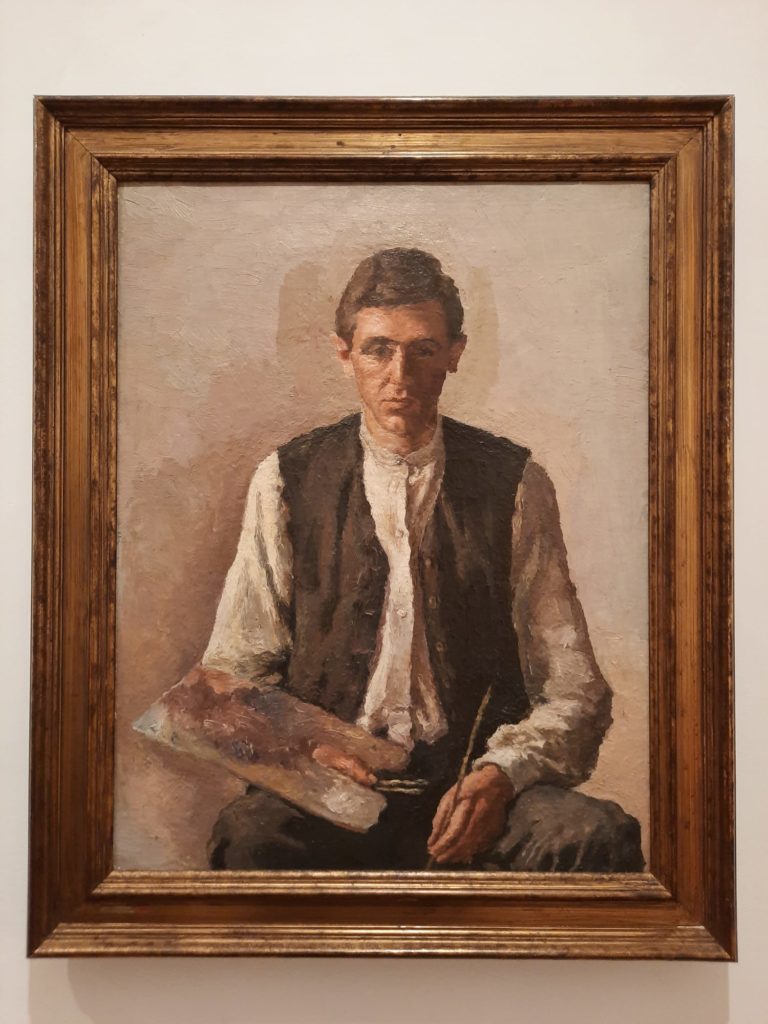


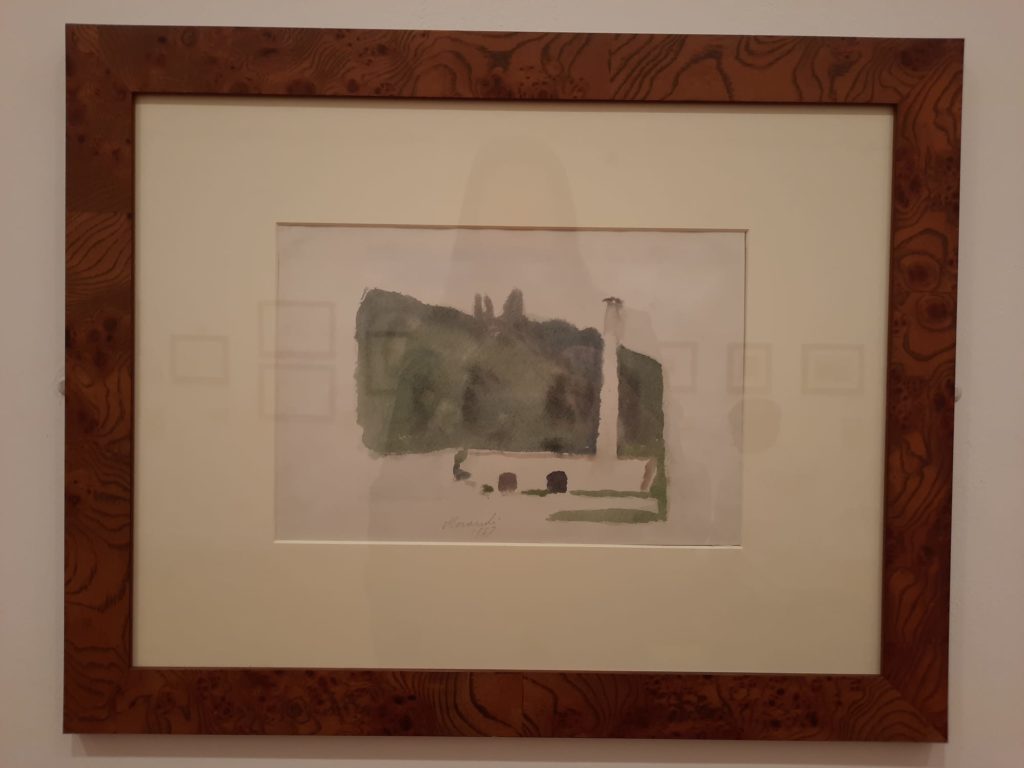

Masterpieces From The Magnani-Rocca Foundation
Magnani met Morandi in about 1940, and began to collect his works soon after. The two had a rich correspondence, and several letters are displayed as part of the exhibition. The collection contains works from across Morandi’s entire career, often bought directly from the artist. We see a distilled selection here across two rooms. In the first are the paintings. An early metaphysical work goes against what we expect to see from Morandi. The room also contains his only (unhappy) commission of musical instruments, and a rare self-portrait. There are also plenty of the still-lifes, allowing viewers to compare and contrast the same objects represented in different experiments in tone and style.
The second room contains mostly works on paper, particularly etchings. He was self-taught as a printmaker but became proficient enough to teach printmaking at the Academy of Fine Arts in Bologna. The works on display here show a masterful handling of light and shade. Both they and the watercolours make use of the same familiar ceramic vessels as the paintings, their familiar forms reassuring as Morandi experiments with different techniques and treatments.
If anything I was a little disappointed there wasn’t more. The Estorick Collection have all of their own Morandis upstairs on display. But these are mostly more etchings, and I liked the room of paintings most of all. The paintings and the letters. For anyone visiting this exhibition, I recommend leaving time to read the letters on display. The really add to the experience of seeing the paintings and works on paper: giving an insight into Morandi as an artist, businessman and friend.
In any event I’m glad to have expanded my knowledge of Giorgio Morandi, and will hope to visit the Magnani-Rocca Foundation if I ever find myself in Parma. Worth a look if you are already a fan of the artist’s work or would like to get to know him better.
Salterton Arts Review’s rating: 3.5/5
Giorgio Morandi: Masterpieces From The Magnani-Rocca Foundation on until 28 May 2023
Trending
If you see this after your page is loaded completely, leafletJS files are missing.

